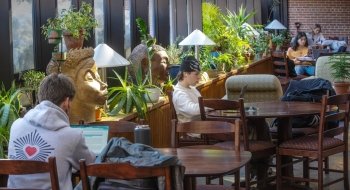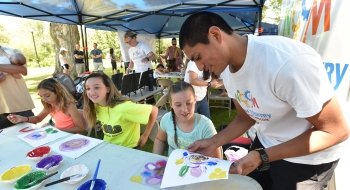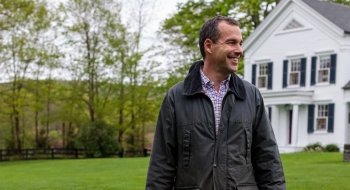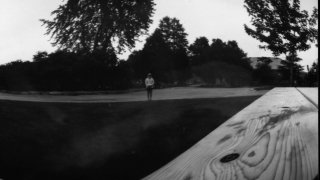
Prepare for the Unexpected: Stormy Skies, Claustrophobia, and the Art of Pinhole Cameras
Pinhole photography encourages students to get creative and experimental with their art.
“My role at times was to remind students that this was all about experimentation and not about perfection,” explains Sarah Knobel, assistant professor of art and art history, about revisiting analog photographic techniques in her summer semester Pinhole Cameras & Alternative Processes course.
Students used the cameras they built themselves—using cardboard boxes, tape, and aluminum foil—to create a small aperture to allow for exposure of chemically treated paper housed in the chamber of the box. Knobel encouraged students to pick unconventional objects to create cameras. Some of the unique results included a 32-pinhole lens camera used to make self-portraits; a 360-view multi-lens camera, and a floss container repurposed as a pinhole camera held in the student’s mouth during the exposure.
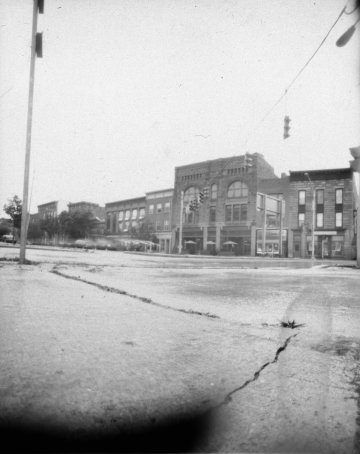
“For this class, it was impossible to know how images would turn out,” says Knobel, who provided a rough outline on day one, with a disclaimer to be prepared for surprises. Due to the high probability of minor miscalculations, weather reliance, and the chemical process involved in developing the negatives and making of final cyanotype prints, the class underwent a series of trial and error. “A range of emotions occurred in the class, from frustration with the process to joy when a student got exciting results,” says Knobel.
“It was also very stuffy and claustrophobic,” adds Knobel, who described the portable dark room her husband helped her construct to allow the class to travel, load their cameras and develop their negatives on location. Although it was intended to be convenient, Knobel says, with all 12 students trying to use the darkroom for loading and development, the process was much slower than expected.
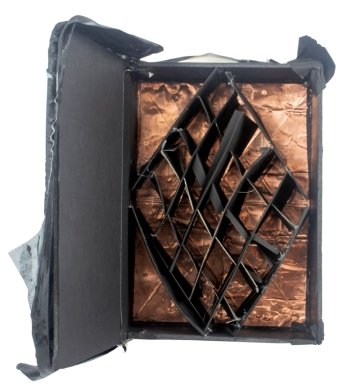
Knobel had to adapt to these situations and continue her role as pioneer and cheerleader for the rest of the class. These challenges were often time-consuming. Exposure times could be as long as three hours due to stormy skies and limited daylight. Knobel encouraged students to embrace these unexpected challenges as lessons on the patience involved in experimentation. They were also a departure from the instantaneous results of image-making students are accustomed to using the ubiquitous technology they carry in their back pockets.
“We can easily portray perfection with digital imagery,” says Knobel. “Seeing the final image results was surreal; the long exposures show the overlapping traces of time. The visuals produced become art, but also speak to physics, basic technology, chemistry, and philosophy. It was wonderful to witness students realizing that imperfection in their images was also quite beautiful.”
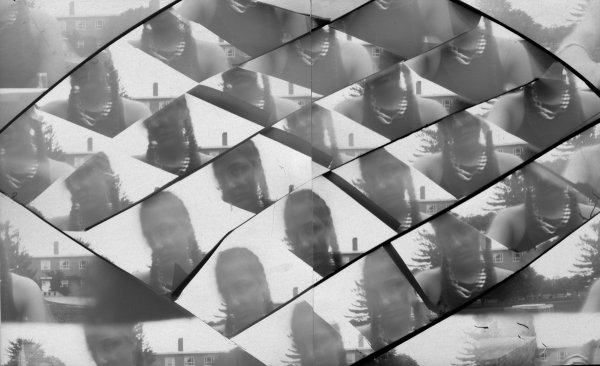
Top: Picnic table image by Thermidor D. Pierre ’22; Downtown Potsdam image by Lindsay Lukehart ’23; Multi-image camera and self-portrait by Laila Bouqentar ’24


